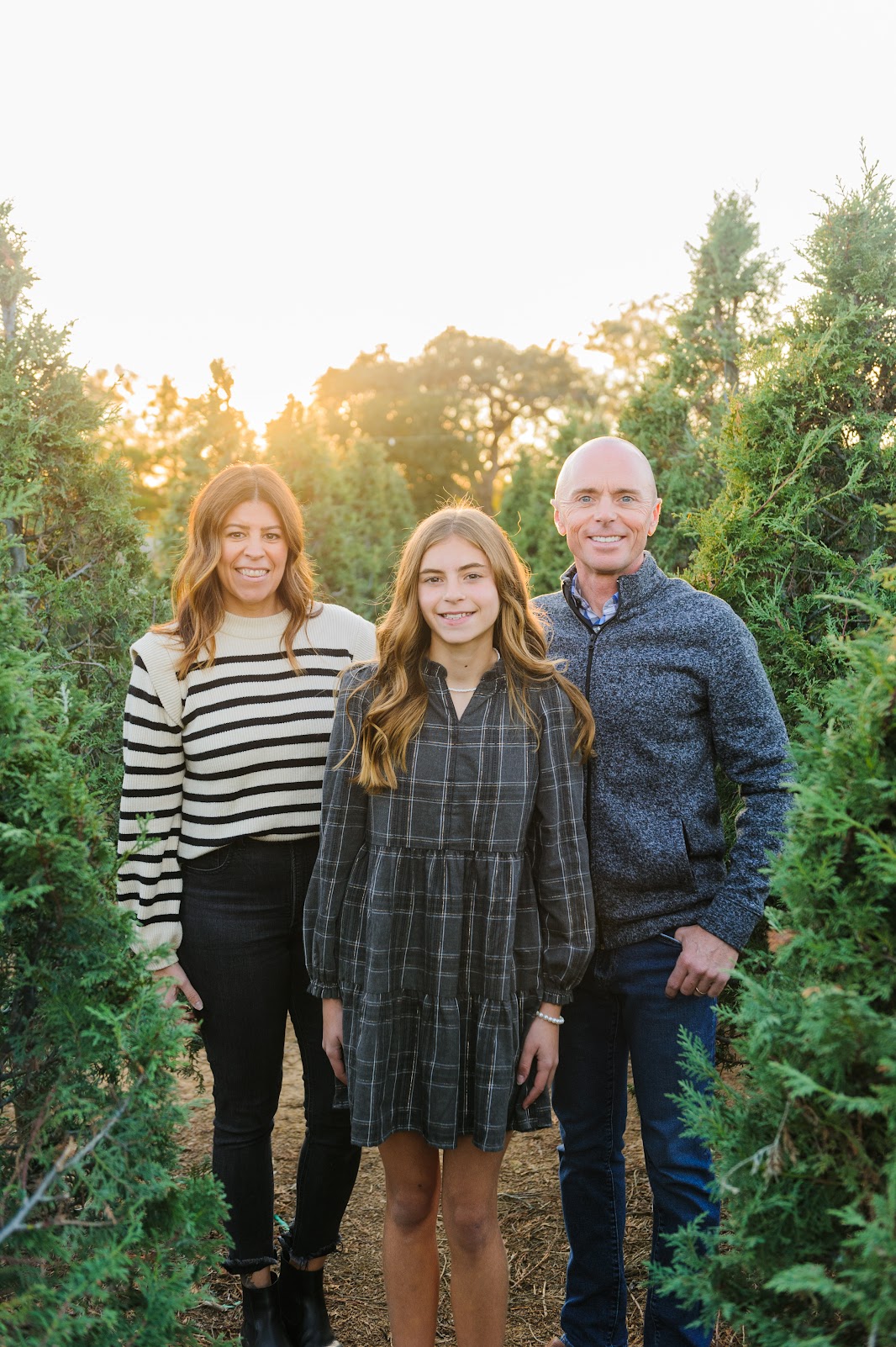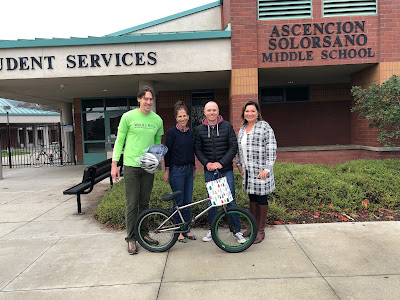We are in a housing crisis and the dream of owning a home is not a realistic opportunity for everyone. We need to continue to promote all options for housing solutions that benefit everyone. Gilroy must continue to promote the development of more affordable housing for all income levels while looking at creative polices that we can control to make them more livable, bikeable, and walkable. State standards like SB 330 and SB 35 that streamline housing by requiring City’s to adopt a checklist and design standards allows for needed housing to be developed at a lower cost, quicker, and efficiently.
Recent State changes to the Accessory Dwelling Unit (ADU) process supports the building of ADU’s on single family and duplex residential lots while having the additional option for junior accessory dwelling units. As more residents want to age in place, having the option to move into a smaller unit on your property while being able to rent out the larger home, allows income and stability for you to stay in your neighborhood. The building of ADU’s in multi-family developments like in single family lots will provide additional needed housing by infill. Our housing crisis is not going away soon, and many of these ADU’s are needed for the “missing middle” who need housing too. Around the Downtown there are many examples of 2-5-unit complexes that were built many years ago, and simply you aren’t allowed to make those conversions today. Those types of units are needed for the “missing middle”, and address the root cause of the housing crisis, there aren’t enough homes.
The goal of CA Senate Bill SB 330 and SB 35 are to streamline the residential development process, and still allow cities to develop clear objective standards. Gilroy needs to take full advantage of it now. Otherwise whatever a developer proposes based off of our current standards, it will automatically be deemed complete on submittal. Many Cities across California including our neighbors, established their design standards checklist at the end of 2019 before the law went into effect. The City of Gilroy and Gilroy City Council have not done this yet, and should have done this back in 2017 when SB 35 was signed into law. A recently proposed affordable apartments project at the southwest corner of Hecker pass and Santa Teresa, wouldn’t have to conform to City Council’s objective standards because it can become vested prior to those standards being adopted.
California has a housing supply and affordability crisis of historic proportions. The consequences of failing to effectively and aggressively confront this crisis are hurting millions of Californians, robbing future generations of the chance to call California home, stifling economic opportunities for workers and businesses, worsening poverty and homelessness, and undermining the state's environmental and climate objectives.

In 1969 a state mandate called the Housing Element and Regional Housing Needs Allocation, or RHNA was created. As part of RHNA, the California Department of Housing and Community Development, or HCD, determines the total number of new homes the Bay Area needs to build—and how affordable those homes need to be—in order to meet the housing needs of people at all income levels. Association of Bay Area Governments (ABAG), working with the Housing Methodology Committee, then distributes a share of the region’s housing need to each city, town and county in the region. Each local government must then update the Housing Element of its general plan to show the locations where housing can be built and the policies and strategies necessary to meet the community’s housing needs. Ours from 2015 is located here https://www.cityofgilroy.org/DocumentCenter/View/6022/Residential-Land-Inventory---November-2015?bidId= According to our general plan we should be updating this annually.
We are currently meeting the above moderate above 120% AMI. However, the City is not meeting the RHNA goal for affordable housing below 80% AMI. Therefore, at this time, projects providing on-site affordable housing at 80% AMI are eligible for streamlining in Gilroy provided they meet all of the eligibility criteria.
AMI – 2019 Area Median Income in Santa Clara County
In 2019, the Area Median Income (AMI) for a four-person household in for Santa Clara County, as defined by the California Department of Housing and Community Development (HCD) was $131,400. Based on this, the following are the income limits for the various affordable housing categories (family of four):
• Extremely Low Income (ELI) 0–30% AMI – $43,900
• Very Low Income (VLI) 31–50% AMI –$73,150
• Low Income (LI) 51–80% AMI – $103,900
• Moderate Income 81–120% AMI - $157,700
• Above Moderate- Above 120% AMI
Cities and counties subject to SB 35 streamlining provisions when proposed developments include ≥ 50% affordability. Gilroy is one out of 221 jurisdictions that has insufficient progress toward their lower income RHNA (Very Low and Low income) and are therefore subject to the streamlined ministerial approval process (SB 35 (Chapter 366, Statutes of 2017) streamlining) for proposed developments with at least 50% affordability.
Here’s the numbers below in a chart. As you can see, your feelings of building residential units in Gilroy is happening too fast are validated. We need housing in all categories built but we need a balance for all levels of affordability. RHNA total allocated 1088 units, we have built 1698, with a remaining 610 to build in the right categories needed. We are not on pace to meet our RHNA numbers.
City of Gilroy Planning Progress 62.5%
Planning Period 8 years 2015-2022
Affordability Type | RHNA Housing Units Allocated by ABAG/HCD | Permitted | Left | Percentage Complete |
Extremely Low-Very Low 0-50% AMI | 236 | 63 | 173 | 26.69% |
Low 51-80% AMI | 160 | 487 | 0 | 304.38% |
Moderate 81-120% AMI | 217 | 24 | 193 | 11.06% |
Above Moderate above 120% AMI (Market Rate) | 475 | 1124 | 0 | 236.63% |
Solutions: I think a better way to meet the general plan goals of publicizing the residential sites inventory and facilitate infill development would be to have a 1-2-page document on the landing page of our city website that has all the latest information in it. Including links to all the different sub-sections of the community development website, like zoning, accessory dwelling unit (ADU) checklist/state law info, “objective” standards checklist for residential development, checklist for residential development, info on streamlining development using SB 330/SB 35, planning, and etc. That would be easier for a developer and resident (that doesn't already have a seat at the city’s developer’s roundtable) to find out all the information, and for the public to be educated with current state law. We need to update our residential sites inventory annually and promote that.
I want to be able to promote what's available for builders in Gilroy as well. I meet developers and investors often at conferences and meetings. It would be nice to always be able to refer to a link that has all the information in one document. I think it's important to keep reminding the residents of recent state laws and why we are required to grow as a community with housing through an organized fashion. But also, to educate them as to why we need to promote certain types of affordable housing over others to meet the RHNA numbers.















